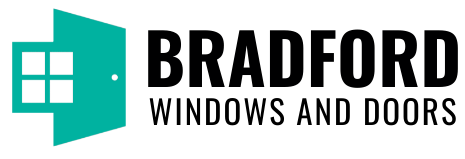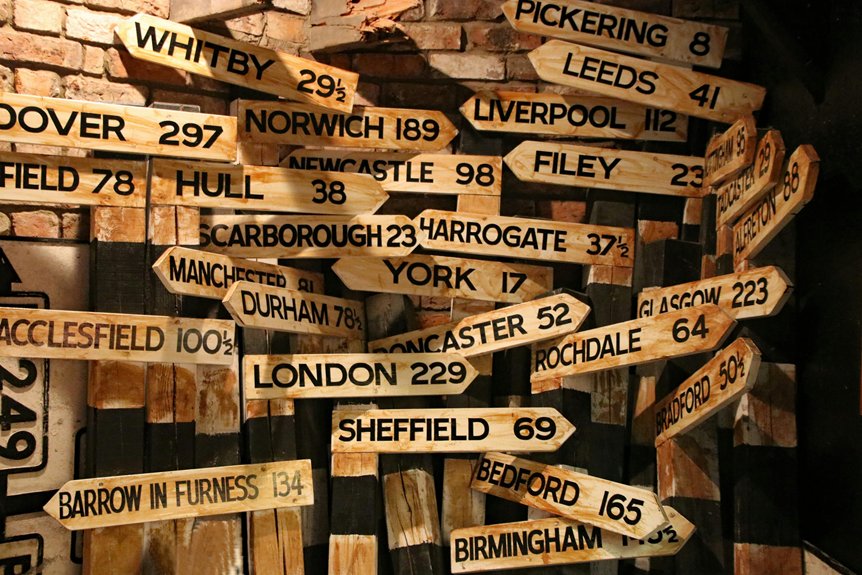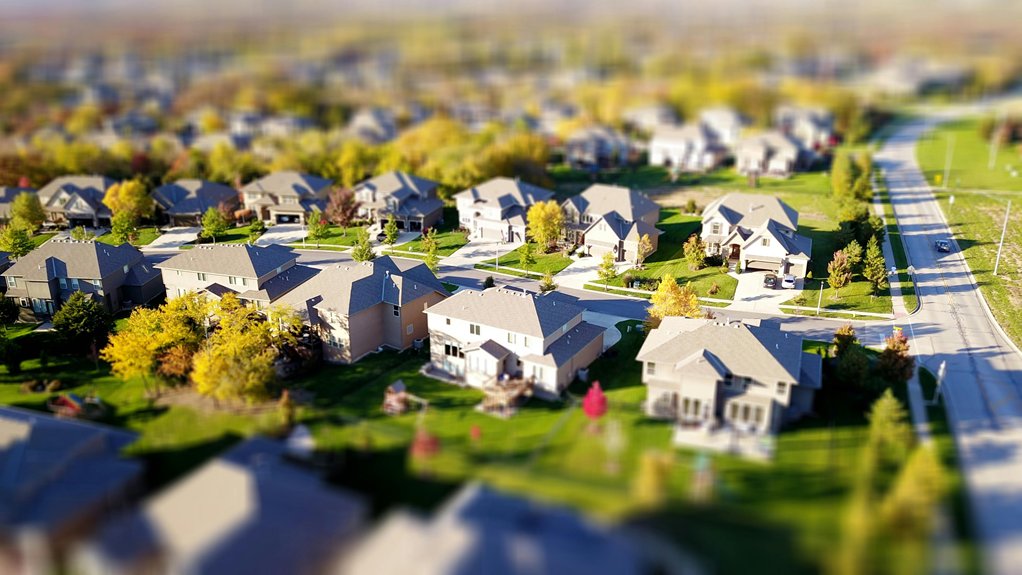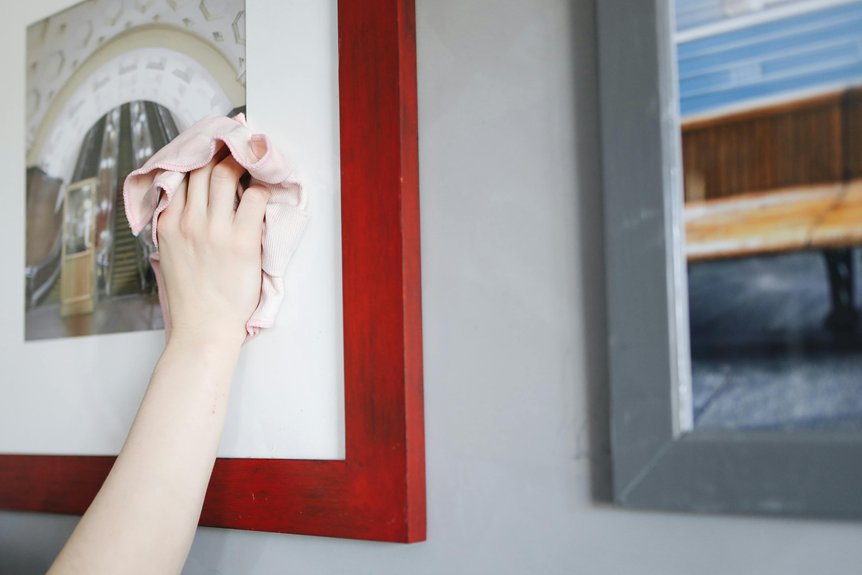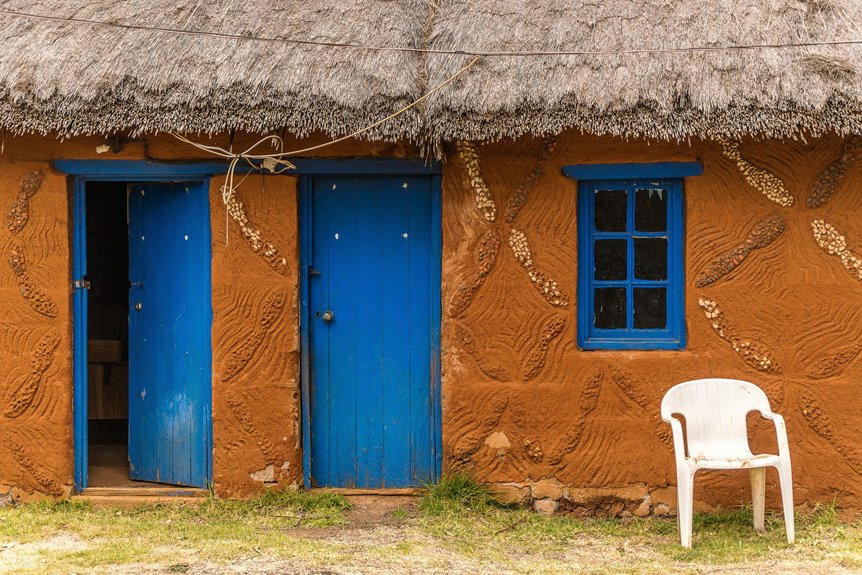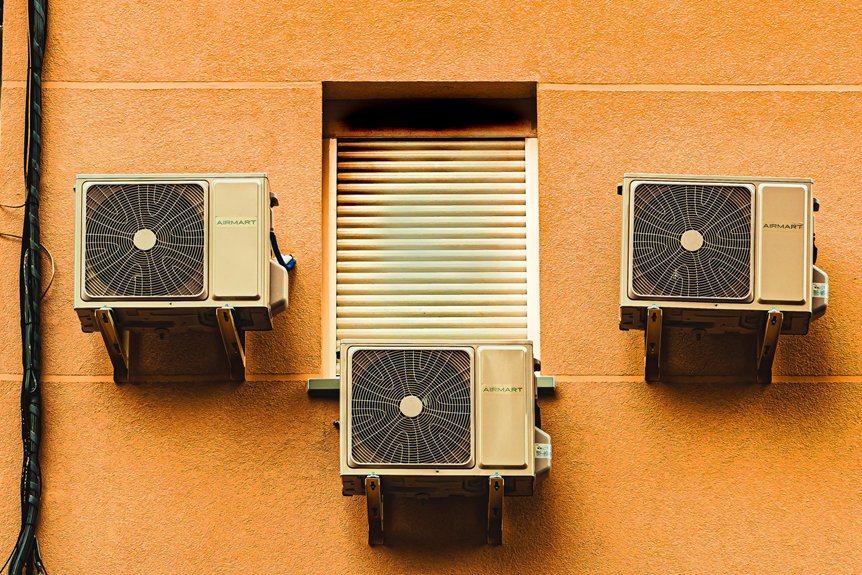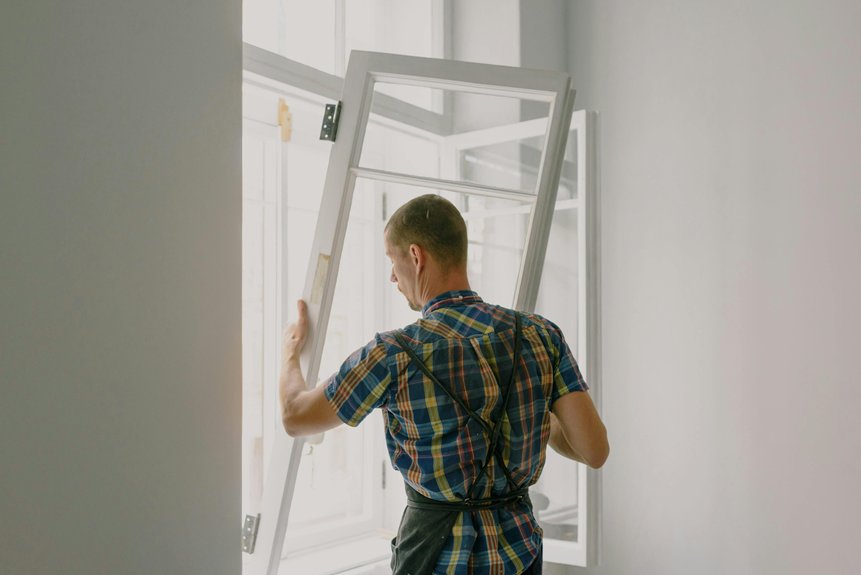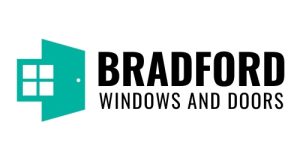When financing local window and door projects, you have various options to evaluate. Personal loans offer quick access without equity, while home equity loans can provide lower rates for larger projects. Government-backed programs like FHA 203(k) and VA loans may assist veterans or homeowners making energy-efficient upgrades. Credit cards can offer short-term flexibility, but be cautious of high interest. Investigating manufacturer financing or grants can also be beneficial. There’s more to explore regarding each option’s benefits and requirements.
Key Takeaways
- Assess your budget thoroughly, including materials and labor costs, to set realistic financial limits for window and door projects.
- Explore personal loans for quick access to funds or home equity loans for potentially lower interest rates on larger projects.
- Investigate government-backed loan programs like FHA 203(k) or VA Loans to support financing for window and door upgrades.
- Gather necessary documentation, such as income verification and credit history, to streamline the loan application process.
- Consider manufacturer financing options that may offer competitive rates and flexible terms tailored to your project’s needs.
Understanding Your Financing Needs
How do you determine the right financing options for your window and door projects? Start with a thorough budget evaluation. Identify your total costs, including materials, labor, and any additional expenses.
Once you have a clear financial picture, explore various financing strategies available to you. Consider options like home equity loans, credit lines, or manufacturer financing, each with distinct terms and interest rates.
Analyze the long-term implications of these choices on your financial situation. Be objective about your repayment capabilities and verify that the financing aligns with your overall budget.
Personal Loans for Home Improvements
When reflecting on financing options for your window and door projects, personal loans can be an appealing choice, especially if you need quick access to funds without tapping into home equity.
One of the key personal loan benefits is flexibility; you can use the funds for various improvements. Additionally, approval processes are often faster than traditional loans, allowing you to start your projects sooner.
However, there are personal loan drawbacks to evaluate. Interest rates can be higher than those for home equity options, and monthly payments may strain your budget. Furthermore, missing payments can impact your credit score.
Weighing these factors is essential to determining if a personal loan aligns with your financial goals for your home improvement projects. Many homeowners choose to invest in premium quality uPVC windows to enhance their home’s energy efficiency and aesthetics.
Home Equity Loans and Lines of Credit
If you’re considering financing your window and door projects, home equity loans and lines of credit can be viable options worth exploring.
These loan types allow you to leverage the equity in your home, potentially offering lower interest rates compared to unsecured loans.
Home equity loans provide a lump sum, which can be beneficial for larger projects, while lines of credit offer flexibility to borrow as needed.
It’s essential to assess your financial situation and repayment capabilities before proceeding.
Both options can help spread costs over time, but remember, your home serves as collateral.
Carefully evaluate terms, fees, and interest rates to guarantee you choose the best financing solution for your specific needs.
Government-Backed Loan Programs
Are you exploring financing options that come with government backing? Government-backed loan programs can provide you with favorable terms and lower interest rates.
Here are some key federal programs to evaluate:
- FHA 203(k) Loan: Ideal for home improvements, including window and door upgrades.
- VA Loans: Available for veterans, offering no down payment and competitive rates.
- USDA Loans: Designed for rural homeowners, these loans support energy-efficient upgrades.
- Energy-Efficient Mortgage (EEM): Helps with financing energy-efficient improvements.
To qualify, you’ll need to assess your loan eligibility based on income, credit scores, and project specifics. Additionally, investing in uPVC casement windows can significantly improve your home’s energy efficiency and overall value.
Evaluating these options can lead to significant savings and enhance your home’s value.
Credit Cards as a Financing Option
Credit cards can serve as a flexible financing option for window and door projects, allowing you to manage costs while benefiting from rewards and cash-back incentives.
By using a credit card for your purchases, you might accumulate significant credit card rewards that can be redeemed for future projects or other expenses.
However, it’s essential to be aware of the interest rates associated with your card. High-interest rates can quickly negate the benefits of rewards and cash-back offers if you don’t pay off your balance promptly.
Evaluate your spending habits and payment capabilities before choosing this option. If managed wisely, credit cards can provide a practical way to finance your home improvement projects efficiently.
Manufacturer Financing Programs
Many homeowners overlook manufacturer financing programs, yet these options can provide competitive rates and tailored solutions for window and door projects.
Engaging with manufacturer partnerships can reveal several financing incentives that may suit your needs. Here are key benefits to examine:
- Lower Interest Rates: Manufacturers often offer reduced rates compared to traditional lenders.
- Flexible Terms: You can find financing that aligns with your budget and project timeline.
- Special Promotions: Some manufacturers provide seasonal incentives, enhancing affordability.
- Streamlined Application Process: Direct financing through manufacturers can simplify approval and funding.
Additionally, financing options can help homeowners invest in high-quality, energy-efficient products like composite doors that enhance both aesthetics and security.
Zero-Interest Financing Offers
When considering financing for window and door projects, zero-interest financing offers can be an appealing option that allows you to manage costs effectively.
These zero interest options often feature promotional periods, enabling you to spread payments over time without accruing interest. This can greatly reduce the overall cost of your project, making it more affordable.
However, it’s essential to read the terms carefully, as some offers may require full payment within a specific timeframe to avoid interest charges.
Additionally, consider the total cost of the project and your budget to guarantee you can meet the payment schedule.
Grants and Assistance Programs
While exploring financing options for window and door projects, you may find that grants and assistance programs offer valuable support.
These programs can help reduce your costs considerably, but understanding grant eligibility and assistance qualifications is vital.
Here are four key aspects to take into account:
- Local Government Programs: Many municipalities offer grants aimed at energy efficiency improvements.
- Non-Profit Organizations: Certain non-profits provide financial assistance for home upgrades.
- Energy Efficiency Rebates: Check for state or federal rebates for energy-efficient windows and doors.
- Income-Based Assistance: Some programs target low-income homeowners to guarantee they can afford essential upgrades.
Research your options thoroughly to maximize your chances of receiving funding for your project.
Choosing the Right Lender
Choosing the right lender can greatly impact the overall cost and feasibility of your window and door project, so it’s vital to evaluate your options carefully.
Start by researching lender reputation; a solid track record can indicate reliability and customer satisfaction. Look for reviews and testimonials to gauge their credibility.
Next, analyze the loan terms offered by potential lenders. Pay attention to interest rates, repayment periods, and any hidden fees that could affect your budget.
It’s important to compare multiple lenders to find the most favorable terms that align with your financial situation.
Tips for a Smooth Financing Process
To guarantee a smooth financing process for your window and door project, it’s essential to prepare thoroughly before applying for a loan.
Here are some effective financing strategies and budgeting tips:
- Assess Your Budget: Know your financial limits to avoid overspending.
- Research Loan Options: Compare interest rates and terms from various lenders.
- Gather Documentation: Prepare necessary financial documents, including income verification and credit history.
- Create a Detailed Plan: Outline project costs and timelines to present to lenders. Additionally, consider the potential benefits of investing in high-quality double and triple glazed windows to enhance your home’s value and energy efficiency.
Conclusion
In traversing the financial landscape for your window and door projects, you have a treasure trove of options at your fingertips. By weighing personal loans, home equity lines, and government programs, you’re not just financing; you’re crafting a brighter, more efficient future for your home. Remember, choosing the right lender and preparing thoroughly can turn a challenging process into a smooth journey. With careful planning, you’ll transform your vision into reality, one window and door at a time.
